Episode 8 - The Boat
I've been reminded that some of the people who are following our Big Adventure are non-sailors (yes, apparently such people do exist). So, it has been suggested that we should do a better job of describing our steed and at the same time explain our thought processes in choosing our boat for the journey.
Let's begin by making it clear that we intend to sail around. Other options such as swimming round or paddling around in a kayak or stand-up paddle board were ruled out for various reasons such as the amount of time we had available to do the trip and the various legal objections that exist to Pole's speedos.
Given that we had decided to sail, that then meant selecting an appropriate type of craft before settling on an individual boat to buy.
There are a great many different types of sailing craft out there to choose from .. ranging from this sort of thing:
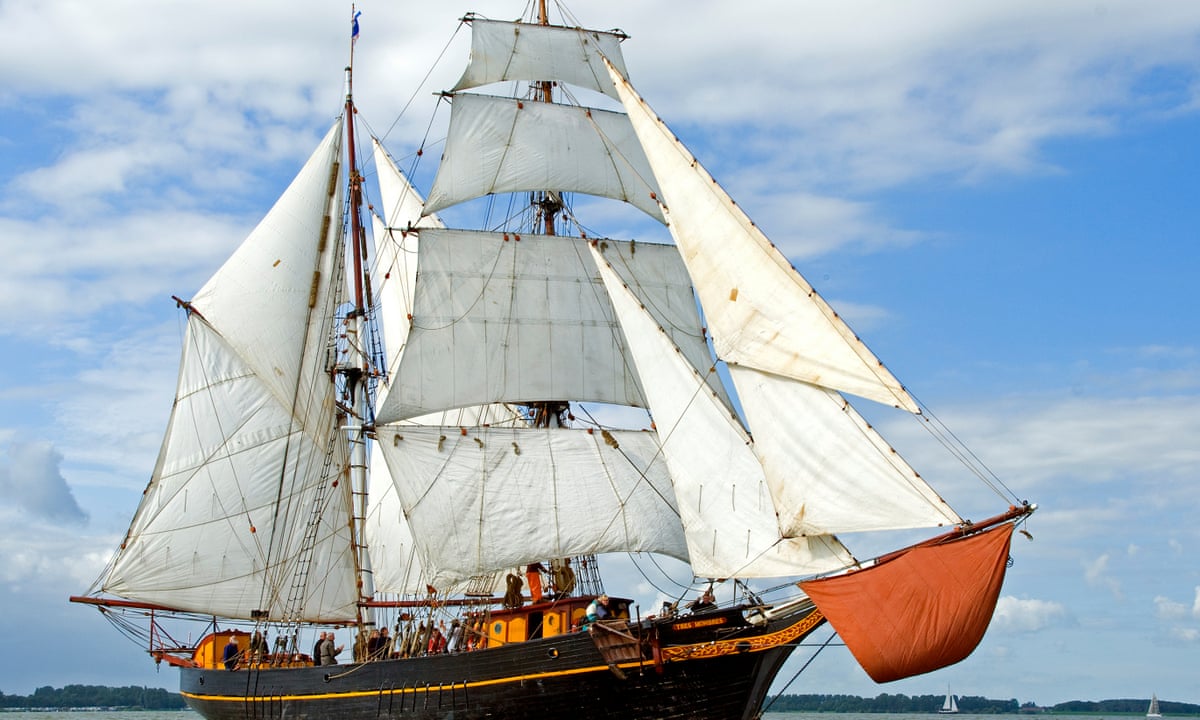
through this kind of vessel:

to something like this:
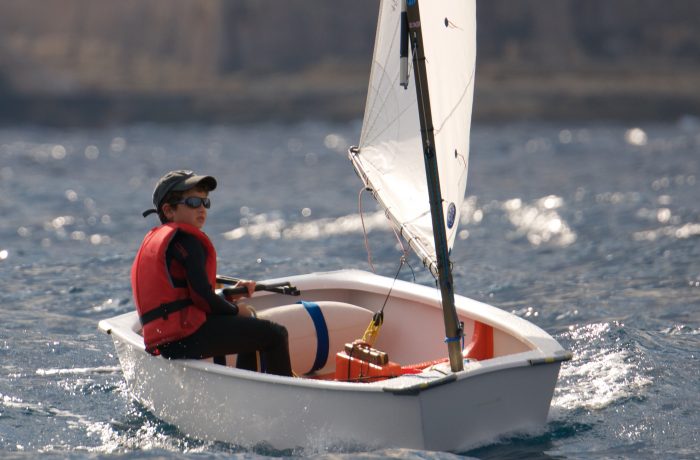
Obviously, not all types of boat will be able to get us around Britain. Others might manage it but only with a lot of discomfort or they might take more time or budget than we are prepared to spend.
To narrow the choice, we had a series of questions to answer:
1- With accommodation or without?
This question goes to the heart of what we wanted to achieve with the trip. The trip will take several weeks and the question of where and how we will eat and sleep is one that sets the tone to just how adventurous we want to make it. There are plenty of suitable boats out there that are built for either 'blue water' or just weekend cruising. These have bunks, usually a rudimentary galley and possibly even a head (toilet) down below.
Something like one of these Nordic Folkboats, for example, would have been more than capable of the challenges of the trip:

The thing for us, though, was that plenty of people have sailed round Britain and to plenty of other far flung places in this or similar kinds of boat. Our inclination was to go for something a little bit more unusual. This is not to belittle the challenge of sailing any kind of boat around Britain, it's a big thing for any amateur sailor, but we felt we had the appetite to go for something a bit more adventurous and that we were happy to forgo some of the creature comforts. Something faster would also be a good thing. An open boat was the choice, then ...
The next question would be:
2 - How would the boat stay upright?
This is another important question. Even those completely new to sailing know that sailing boats move forward using the press of wind onto their sails. There is a, though, a close relationship between the forces that push a boat forwards and those that simply push the boat over onto its side. For a boat to be able to sail across the wind or to be able to tack upwind, some kind of counterbalancing force needs to be applied so that the wind force on the sails doesn't tip the boat over.
There is a relatively short list of options:
a - Use ballast. This is what is being used by the Folkboat in the image above. It's a very widely used system for boats above about 20ft in length and is very effective. This would normally take the form of a large lump of lead or iron suspended on a keel underneath the boat. The sheer weight of this lump of heaviness is what keeps the boat the right way up. It is not an infallible method as can be seen in the picture below, but most boats ballasted in this way are able in some way to pull themselves back upright again after something like this happens, so it does have some inherent safety advantages.
The disadvantage of this method is that by definition it makes the boat heavier. A lot heavier. All this extra weight makes the boats awkward to handle ashore and it practically limits just how fast they can go, although the Tempest keelboat shown above has a pretty good turn of speed.
b - Use human ballast. If the boat is small enough, then the job of the lump of lead can be carried out by the boat's crew. This can typically be done by the crew sitting on one side of the boat as demonstrated in this Wayfarer class dinghy :

Many human-ballasted dinghies have completed some quite impressive voyages, not least this particular boat which holds the speed record for sailing around Britain in a dinghy (a boat that uses human ballast like this). So as long as the boat is a reasonably stable one, this is a viable, if a little uncomfortable, option for us.
Dinghies like this can, and do, capsize. Depending on the dinghy and on the exact situation, this could either be a real problem or just a bit of a laugh. Boats like the Wayfarer dinghy are usually reasonably easy, if a little damp, to pull back upright again if the worst happens. The smaller the boat, the easier it is to pull back up although that would conflict with the need to stow lots of gear and travel at some pace.
c - Use two (or three) hulls. This is a method of keeping a boat upright that was developed by the Polynesians and others who, perhaps due to a limited supply of big trees, had to make their boats as narrow canoes. Strapping two canoes together to make a stable platform is a lightweight and, as it turns out, extremely quick way of keeping a boat upright. Catamarans, Trimarans and proas are all variations on this general method of doing things.
Although there are exceptions, most 'off the beach' catamarans are reasonably stable and capsizes, although not unheard of, are infrequent enough to be classed as a bit unusual. The difficulty comes in trying to get the boat back upright again. The geometry of a catamaran, (it's as stable upside down as the right way up!) coupled with the usual tall-ness of the mast and rig makes capsize recovery something of an issue.
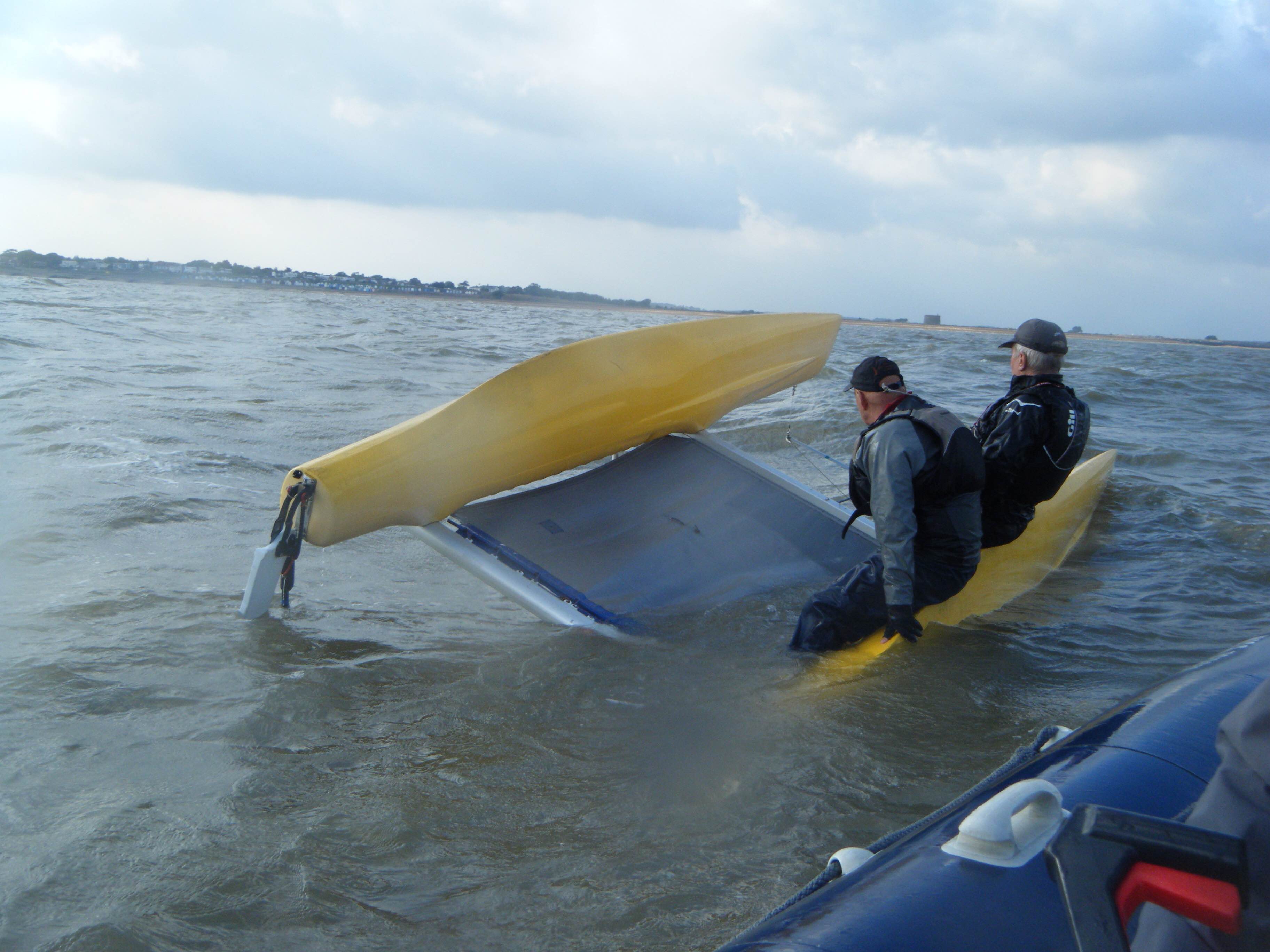
However, for us, catamarans come with two big bonus features. Firstly, they can be very quick .. maybe twice the speed of an equivalent sized performance monohull dinghy. Secondly they have lots of space on the trampoline area in between the two hulls. If we could solve the obvious safety issue inherant in a capsize, then we could find ourselves with a boat that could do the trip quickly, reasonably comfortably and without imposing too much of a physical burden on its crew.
Which Catamaran?
To cut a long search short, we drew up a shortlist of possible beach catamaran types that might do the job for us. All are normally used for racing, all were what we felt could be big enough and safe enough for this kind of venture. Price was also a big issue, which knocked a few quite excellent modern designs off our list.
Our list was (in no particular order):
Hurricane 5.9 - A big cat (about 20ft long) with a good safety and strength record and a good turn of speed.
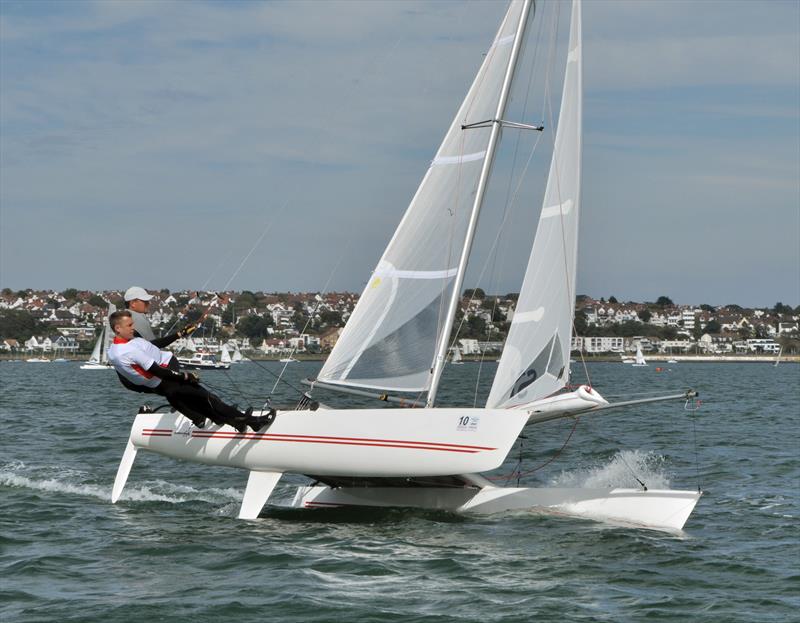
(Note the use of 'trapezes' here to give the crew more righting moment)
Hobie 21 - An even bigger cat ... purpose built for our kind of adventure. Those available were a bit pricey for us. Its smaller sister, the Hobie 18 was also a serious consideration. hobies have a reputation for being robust and safe boats.

Note the use of 'racks' on the side of the boat to do the job of the trapezes and the little shelter under the mast.
Formula 18 - An out and out racing cat. We found an excellent example within our budget but decided that it was just a bit too small for us.

Dart 18 - I used to own one of these. Similer size to the F18 (18ft long in case you hadnt already guessed) but a much simpler craft. Rejected again because it was too small, we felt. An example of smaller sister, the Dart 15, was, however, sailed singlehandedly around Britain by Liam Thom 'https://northislandtostarboard.co.uk/. which showed us that the design was inherently capable of the job. This is Liam and his boat
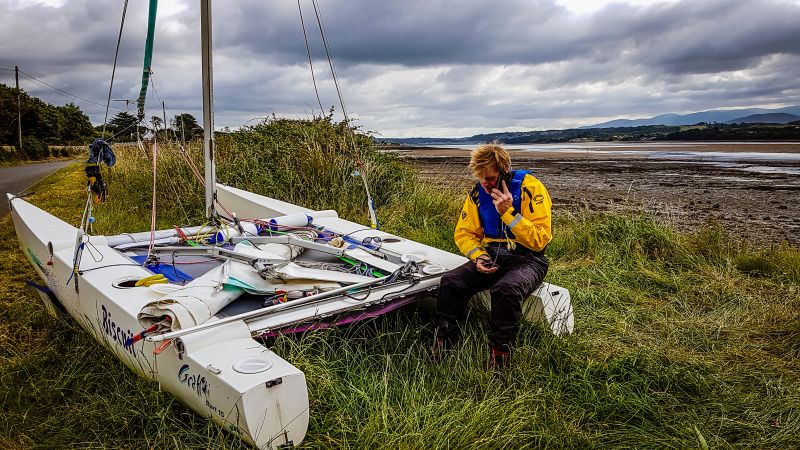
Tornado - this was our eventual choice. A big cat in every way. 20ft long and 10 ft wide (wider than any of the boats above), seriously quick and with a reputation for being a well-mannered boat that would look after us to an extent. It is an old design of catamaran that has seen many years' service as the catamaran class used in the olympics and is still keenly raced around the world today. As well as all that, it was one of the boat classes that has been on my bucket list since I was a kid, so it was no contest really.

It would need some adaptation. Not least in fitting racks like those used on the Hobie 21; plus all the other mods dealt with in this blog.We found an elderly example in deepest darkest Essex and although we havent had many chances to sail (or photograph )her she seems to be a solid boat with some decent sails and equipment which we think will get us around in good style.
We are hoping to have her rigged in the next week or two ... watch this space for more pictures.

Comments
Post a Comment